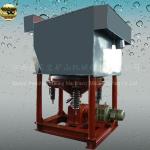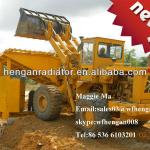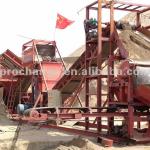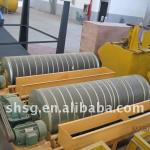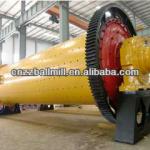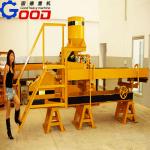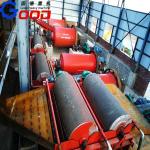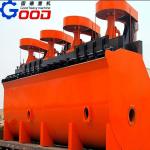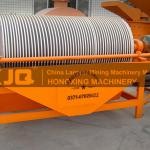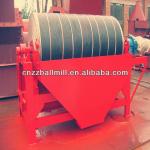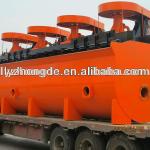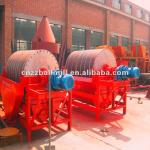Knelson gold centrifugal concentrator
1. Real manufacturer, 2. Professional technology, 3. Skilled workers and rich experience, 4. High recovery ratio. - details see: https://www.machineto.com/knelson-gold-centrifugal-concentrator-10314912
| Condition:New | Type:Gravity Separator | Production Capacity:0.3-150tons/hour | Place of Origin:China (Mainland) |
| Brand Name:OUTE | Model Number:STL20 30 60 80 100 120 | Power(W):0.75-18.5KW | Weight:0.3kg-3tons |
| Certification:ISO9001-2008 | Warranty:6 months | After-sales Service Provided:Engineers available to service machinery overseas |
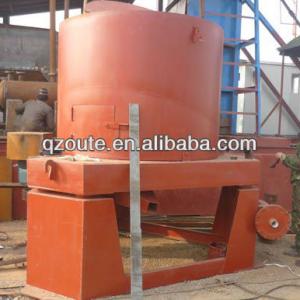
Introduction STL series concentrator is kind centrifugal concentration equipment. It can be used not only for placer gold mining, but also for hard rock mining to recover the natural gold, replacing amalgamation. It is also used to recover gold from the old tailings. Since 2001, 6 models have been developed. Application shows that the recovery can be as high as 99%, especially for the case in recovering the natural gold in lode ore with 65% of the ore having a milling size of -0. 074mm, the recovery for the natural gold is expected up to 98%. For that natural gold of 0.004mm in particle size, the recovery is 97%. The cleaning up cycle is 1~4 hours, and the upgrade ratio is up to 1,000 times. The equipment is patented in China. Process Description The STL series Concentrator is specifically designed for recovery of free, metallic gold, platinum or silver from hard rock circuits and is also an ideal technology for alluvial gold including secondary recovery from sand and gravel operations. The STLB Concentrator subjects the material being processed to a centrifugal field of up to 60G s which allows recovery of finer native metals than with conventional gravity concentration equipment. Periodically, the high grade concentrate is removed from the concentrate cone during the rinse cycle. The rinse cycle time is typically less than 20 minutes per cycle. Optimum operating cycles will range from <1hr to >4hrs. How does STLB Concentrator Work Fluidization water is introduced into the concentrate cone through a series of fluidization holes. Feed slurry is then introduced through the stationary feed tube and into the concentrate cone. When the slurry reaches the bottom of the cone it is forced outward and up the cone wall under the influence of centrifugal force. The slurry fills each ring to capacity to create a concentrating bed. Compaction of the concentrating bed is prevented by fluidization process. The flow of water that is injected into the rings is controlled to achieve optimum bed fluidization. High specific gravity particles are captured and retained in the concentrating cone. Upon conclusion of the concentrate cycle, concentrates are flushed from the cone into the concentrate launder through port.

| Packaging Detail:by conctainers |
| Delivery Detail:10days after the 30% deposit |



